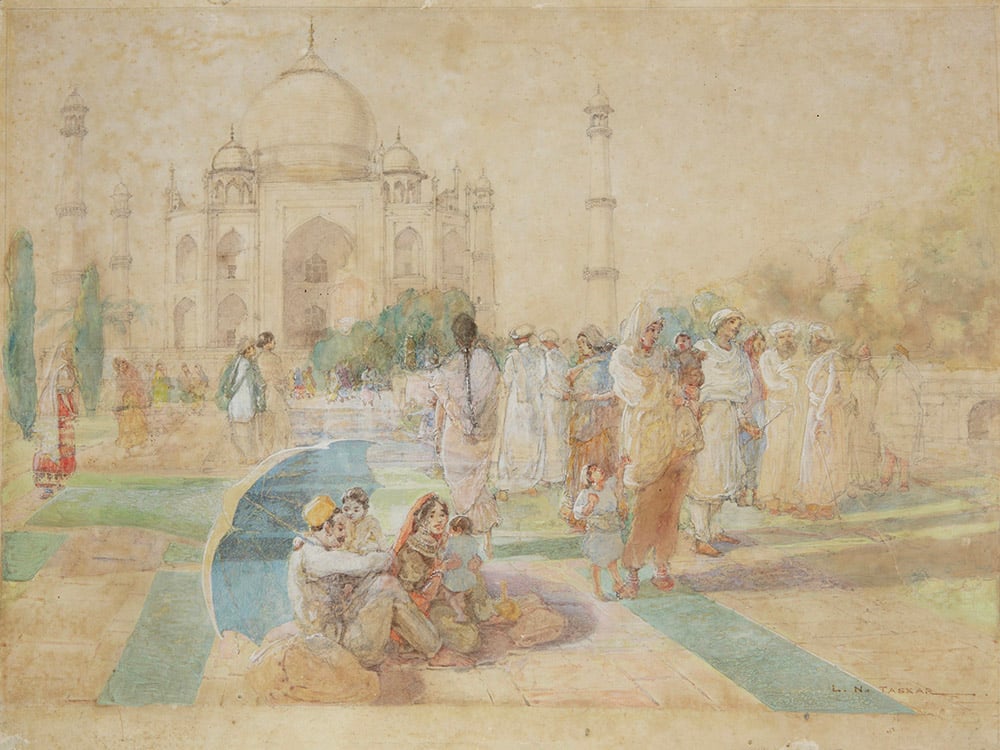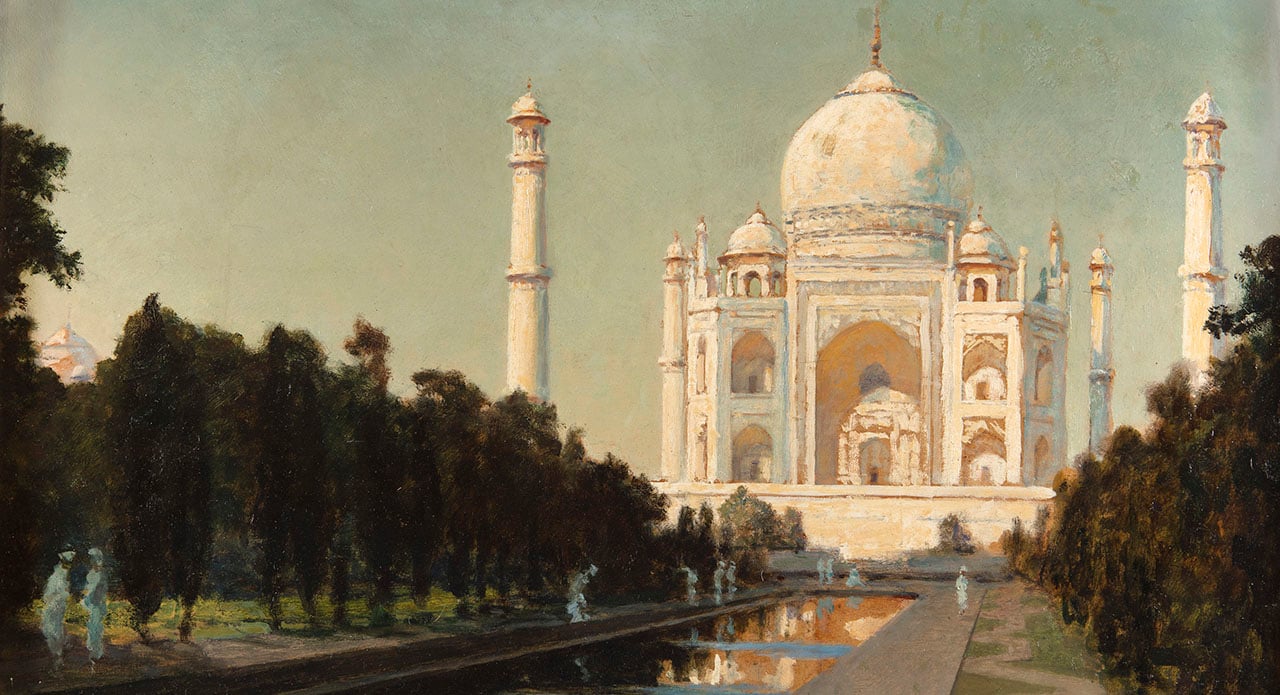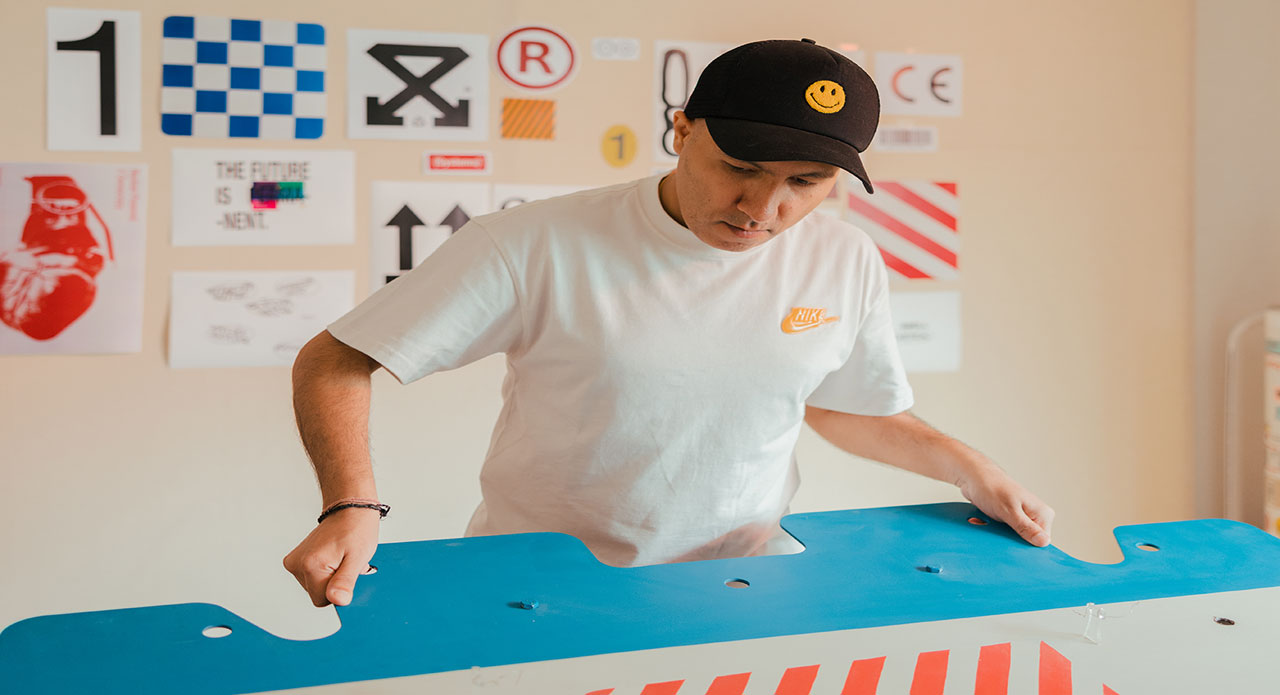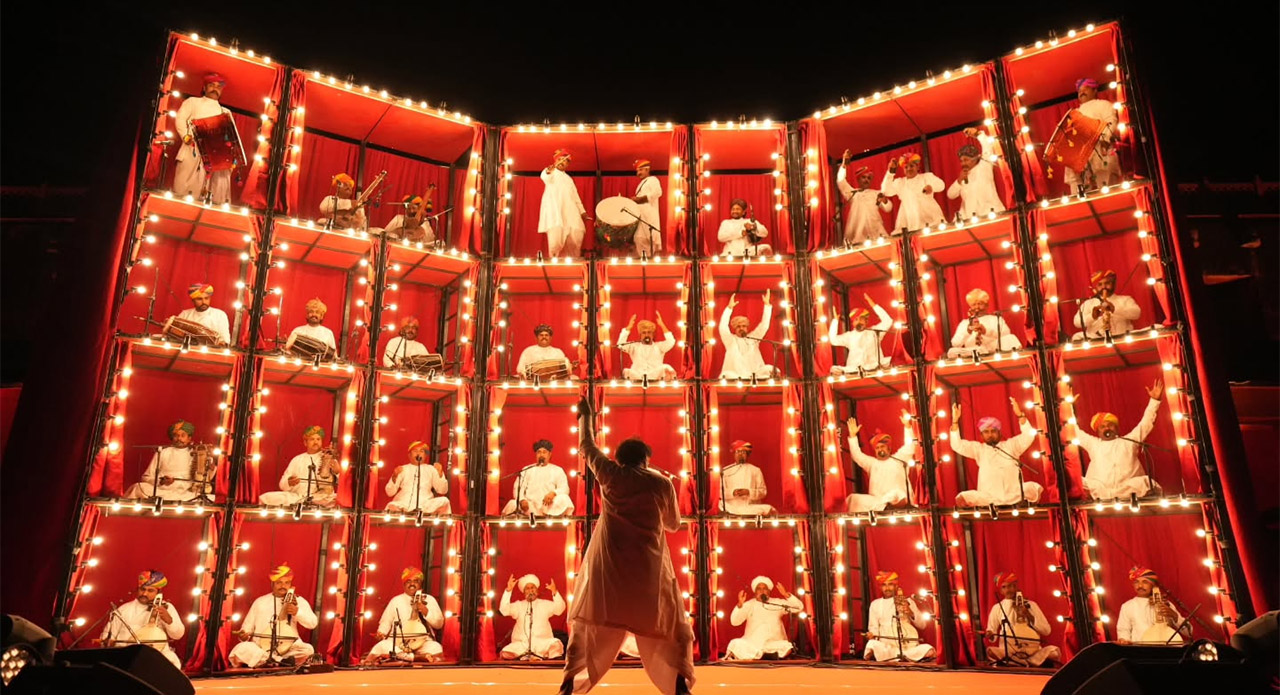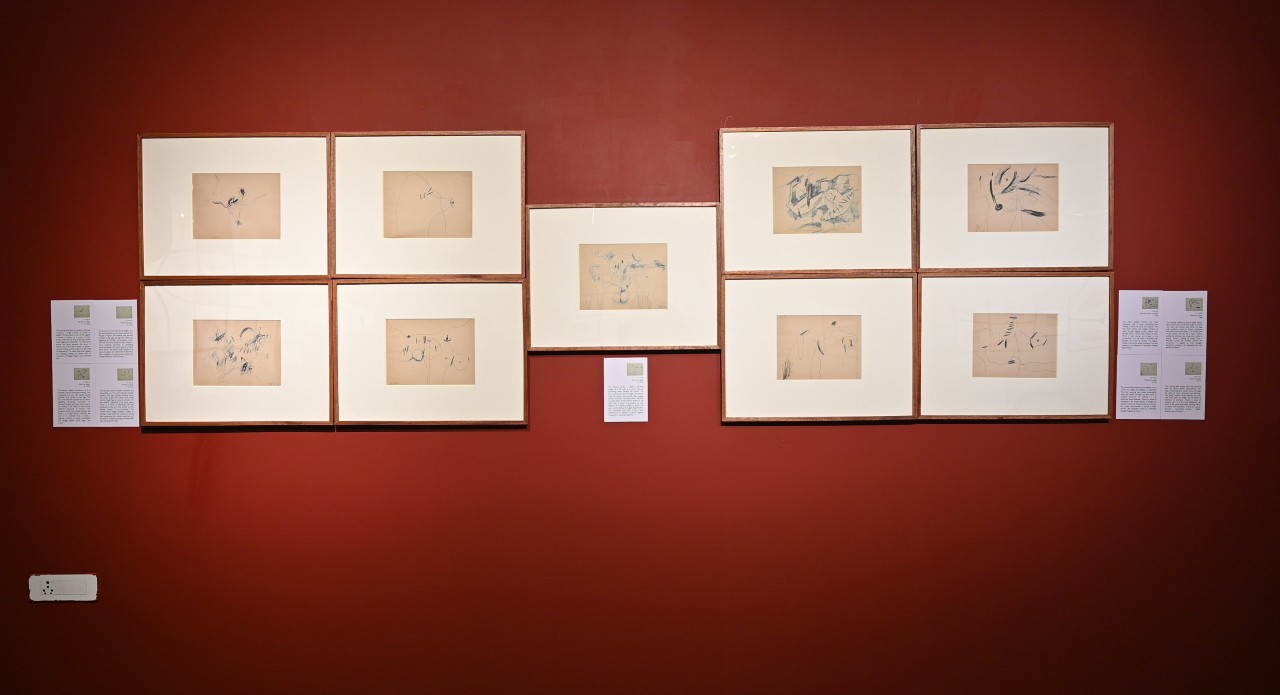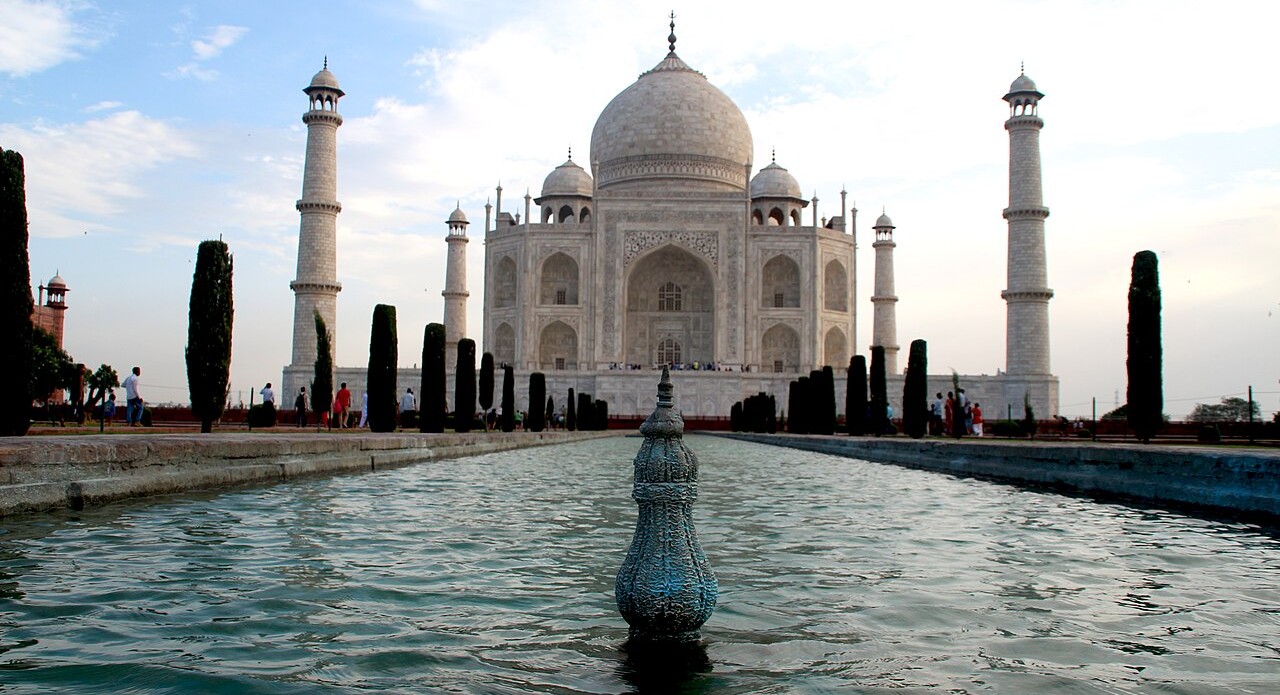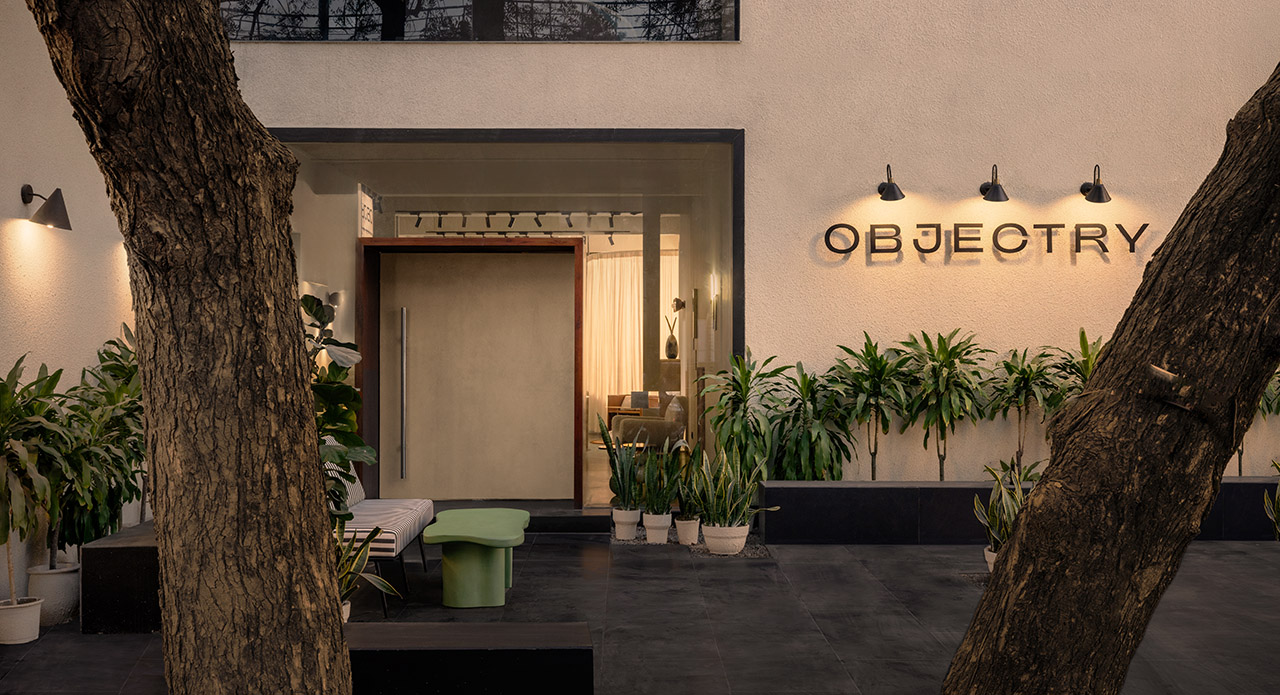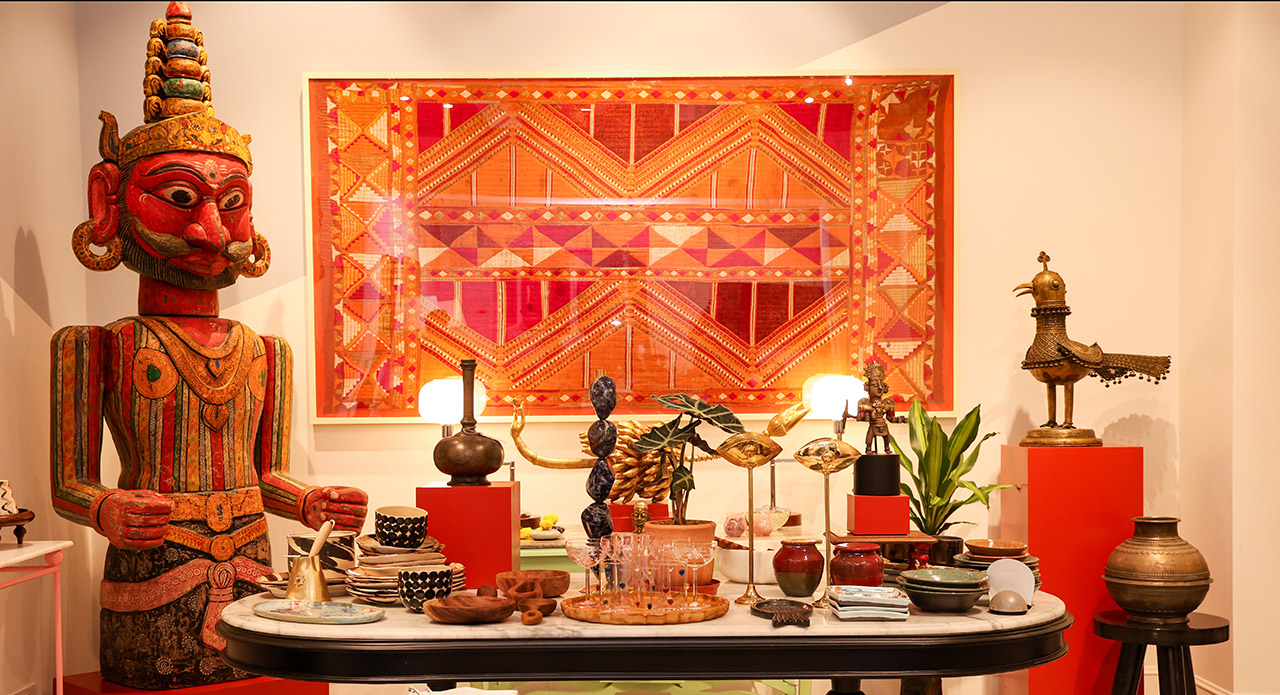In Mughal Emperor Shah Jahan’s court, historian Abdul Hamid Lahori who became the court chronicler of the Emperor, once described the Taj Mahal as ‘Rauza-i Munawwara’. It translates to possessing a ‘mute eloquence’. Till date, Taj Mahal stands as a living wonder of marvelous architecture, imperial ambition, and enduring love story of Shah Jahan for his wife Mumtaz Mahal, all without uttering a word.
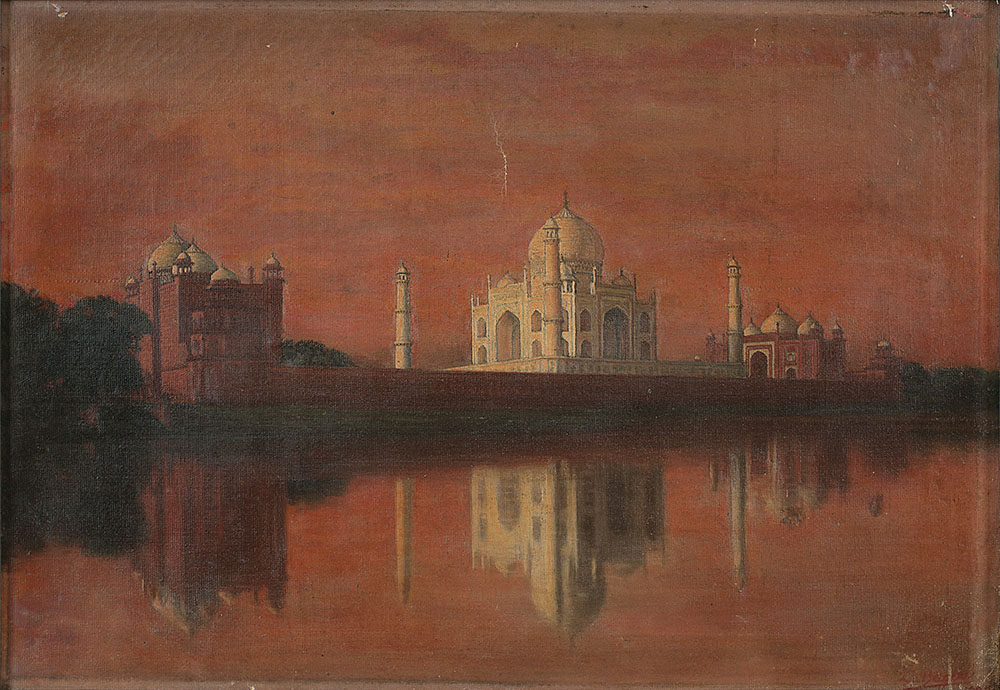
The architectural language
The exhibition will explore the architectural language of Taj Mahal. On display will be visual narratives emphasising its marble tracery, Quranic inscriptions seamlessly woven into its structure, and the language of flowers expressed through the exquisite pietra dura inlay work on the cenotaphs and screen. More than simply chronicling the Taj Mahal’s form, the works will reflect the shifting artistic gazes and layered interpretations of its gardens, interiors, architecture, and surrounding structures.
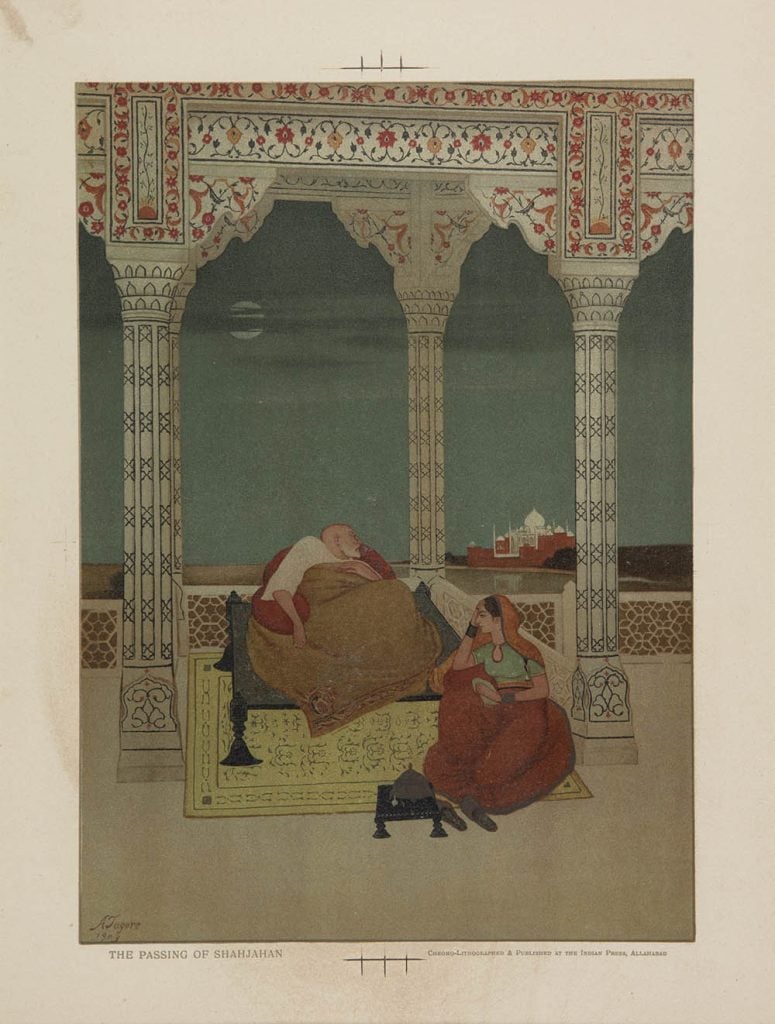
Curator Rana Safvi shares, “By foregrounding its inscribed Quranic verses, celestial symbolism, and paradisiacal architecture, the exhibition reveals the Taj Mahal as both a metaphor for paradise in Islamic cosmology and an emblem of imperial vision. It traces how its meaning has shifted—from a sacred tomb to a universal symbol of love. Through paintings, photographs, archival documents, and essays by leading voices, we invite viewers to engage with the monument in a layered, thoughtful way.”
Taj- The artist’s muse
The ‘The Mute Eloquence of the Taj Mahal’ exhibition will display Company School paintings by Agra-based artists. They stunningly capture the monument’s pietra dura embellishments with remarkable precision and grace. The other works that will be on display include those by international artists. From the lyrical woodblock prints of Hiroshi Yoshida, the sublime landscapes of Thomas Daniell to Charles William Bartlett who traced the global fascination with the Taj Mahal across centuries. Further, visitors can see the works of Indian modernists like Abanindranath Tagore, S. Bagchi, L. N. Taskar, and Jyoti Bhatt who interpreted the Taj Mahal not just as a symbol of beauty but a monumental structure layered with deeper historical and cultural significance.
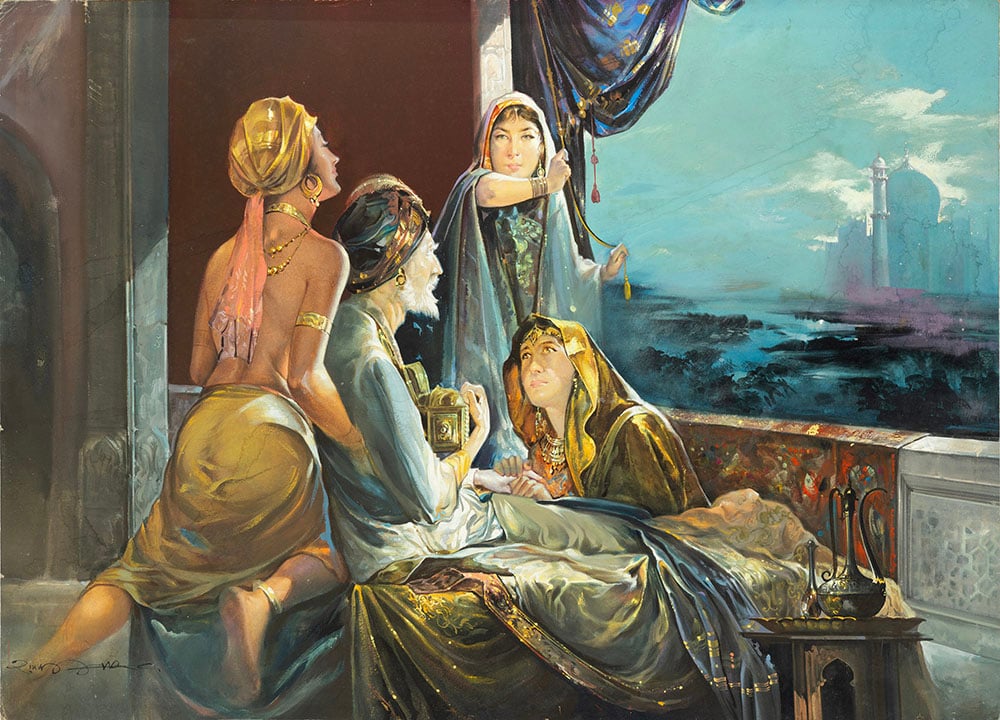
Ashish Anand, CEO and Managing Director, DAG, notes, “Is there anything left to be said about the Taj Mahal? India’s most famous building has inspired a vast range of writing, from paeons of praise penned by court historians and enthusiastic foreign travellers to scholarly analyses and travel agents’ blurb, covering every aspect of its character and history. Artists, too, have responded with a plethora of images, from paintings, prints and photographs to tourist posters.” He adds , “Yet, the Taj always seems to ask for more. Against the commonly uttered remark that ‘words cannot describe it’, we feel the need to make some appropriate added response of admiration. I am confident that as we will study the images assembled in the exhibition, you will share my delight in realising that a building that we might be all too ready to dismiss as a cliché has the power to still surprise us.”
Postcards and photographs
The exhibition will also display a collection of photographs and postcards dating from the 1850s to the mid-20th century. They will spotlight Taj’s role in shaping India’s visual identity. Pioneering photographers like Samuel Bourne, John Edward Saché, Felice Beato, and Thomas Rust will have their works displayed alongside eminent Indian photographers like Lala Deen Dayal and R. R. Bharadwaj. Further, archival materials from Albert Edward Griessen—Superintendent of the Taj and Government Gardens (1902–1905)—will be displayed, offering rare insights into the monument’s stewardship and history.
Lesser known facets about Taj Mahal
The exhibition will be accompanied by a book, edited by Safvi which will reveal the lesser-known facets of the complex. The book will delve into the Taj’s role in the city’s commercial life through the now-faded Taj Ganj market, the role of women besides Mumtaz in Shah Jahan’s court and their connections to the site. It will throw a new light on Taj Mahal as a private family monument and a public imperial space at a location and the monument’s journey through colonial and popular imagination.
